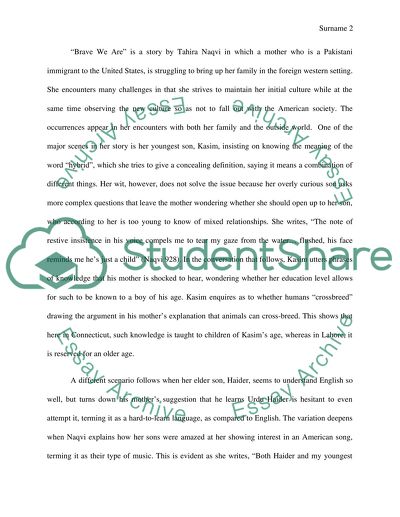Cite this document
(“Cultural Identity in Brave We Are and A Good Fall Literature Reviews Essay”, n.d.)
Retrieved de https://studentshare.org/literature/1628541-go-to-the-attached-files
Retrieved de https://studentshare.org/literature/1628541-go-to-the-attached-files
(Cultural Identity in Brave We Are and A Good Fall Literature Reviews Essay)
https://studentshare.org/literature/1628541-go-to-the-attached-files.
https://studentshare.org/literature/1628541-go-to-the-attached-files.
“Cultural Identity in Brave We Are and A Good Fall Literature Reviews Essay”, n.d. https://studentshare.org/literature/1628541-go-to-the-attached-files.


